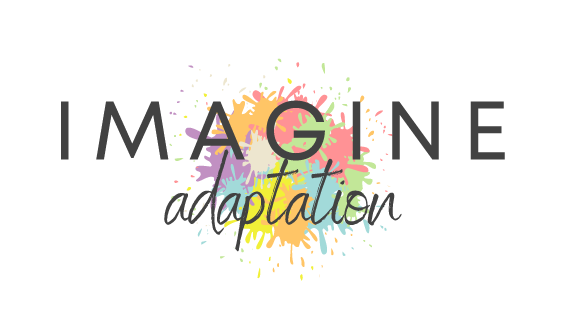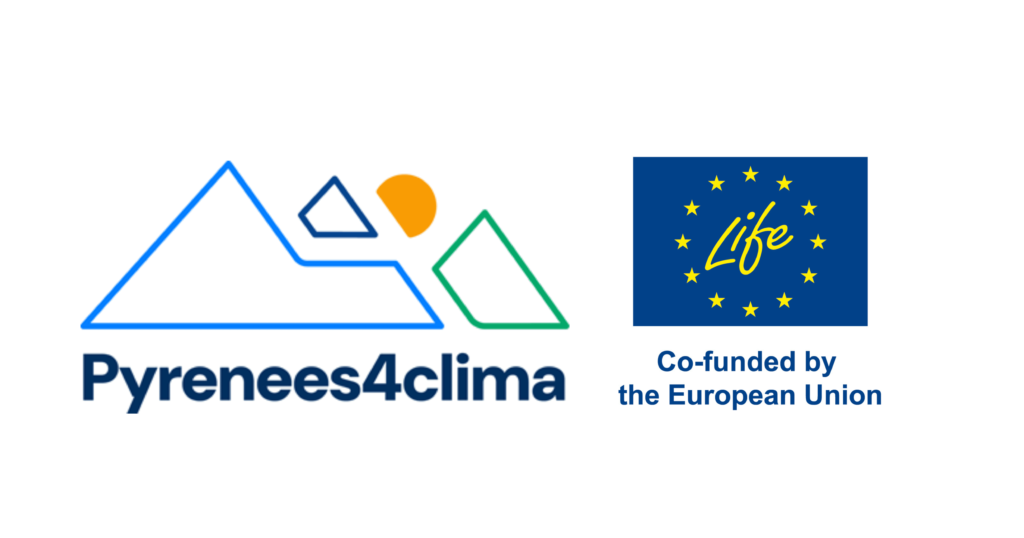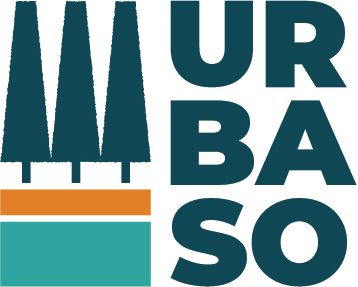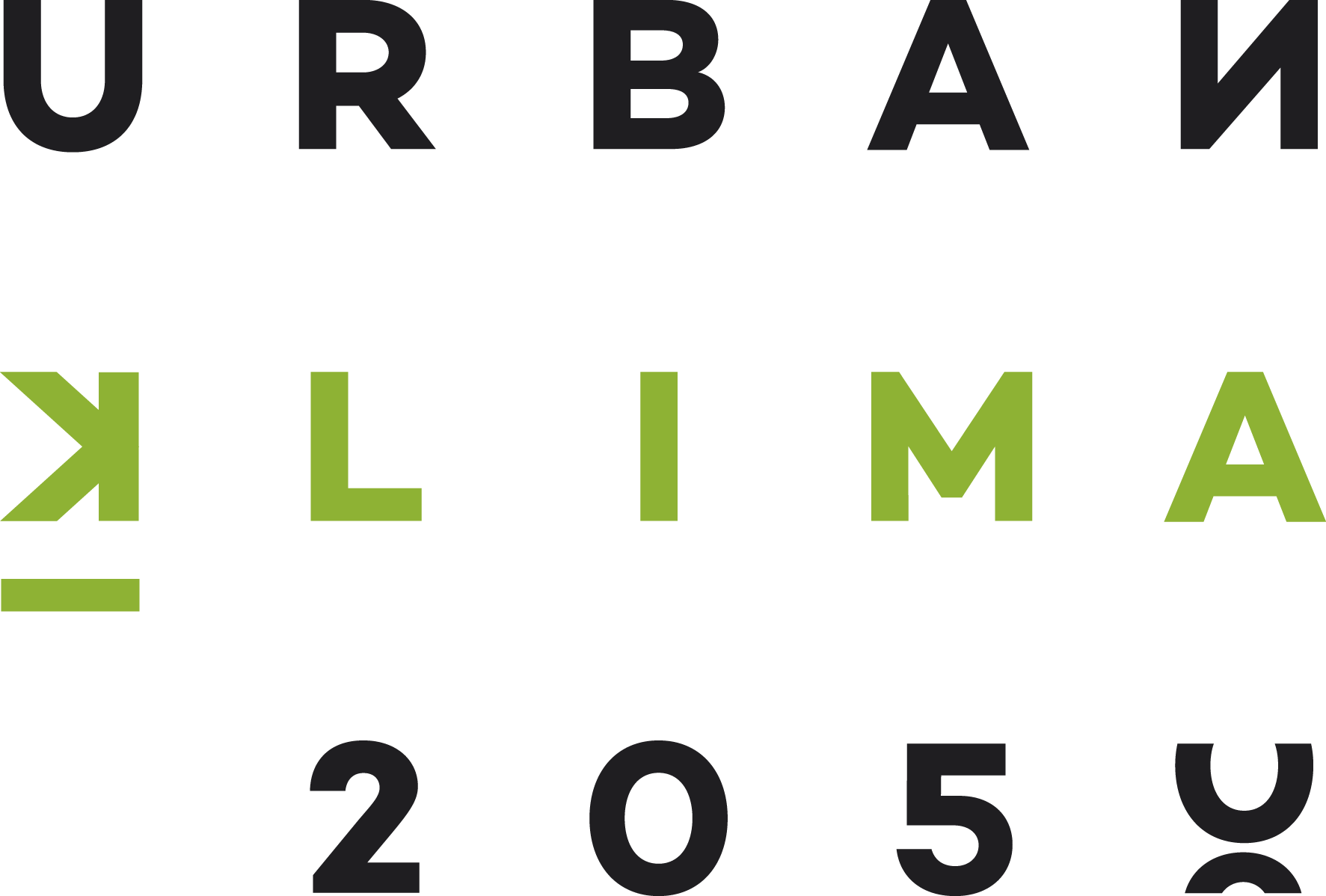Proiektuak
ATLANTIS
|
Development of soil-smart forestry practices and of early vulnerability diagnosis tools to improve soil conservation and long-term stability of Iberian Atlantic forests EU policies |
||
|
The forestry model at which the Atlantic forests of the Iberian Peninsula have been subjected to in the last century have generated a forest dominated by monospecific plantations of exotic species (especially Eucalyptus globulus from Australia and Pinus radiata from California, US). |
||
BIDERATU
| Hacia una economía circular y baja en carbono de Euskadi: Sistema integrado de modelización e3s (energy, economic, environmental and social) orientado a apoyar la toma de decisiones estratégicas del sector industrial y de las administraciones públicas en relación a la transición energética. | ||
|
Explicar el objeto y oportunidad del proyecto (por qué y para qué se acomete) y concretar sus principales objetivos y resultados esperados (a nivel general y en términos de publicaciones, patentes, consolidación de empleo en I+D en los participantes). |
||
EUROPEAID IMAGINE
|
MODELLING OF GREENHOUSE-GAS EMISSIONS RELEVANT TO THE PARIS
AGREEMENT (INFORMING SUCCESSIVE NDCS IN LIGHT OF THE GLOBAL STOCKTAKE)
|
||
|
This project will focus on improving the quality of the mitigation modelling tools of national modelling teams indeveloping and emerging countries, aiming at a mix of both major G20 emitters as well as smaller countries. |
||
GIFTS
|
GLOBAL INTERLINKAGES IN FOOD TRADE SYSTEMS
|
 |
|
|
Food
demand is largely met with imports, connecting producers to consumers through
global supply chains. The GIFTS project examines the land use spillovers and
GHG emissions from future food demand scenarios by considering trade-mediated
teleconnections between food consumption, agricultural expansion, and climate
change. GIFTS builds on a physical multi-regional input-output (MRIO) model
that will be extended to include emissions from agricultural production and
land use change, in collaboration with the Food and Agriculture Organisation of
the United Nations. The overall goal is to assist policy-making and inform
consumers’ decisions towards more resilient, circular, and sustainable
agro-food systems towards the Sustainable Development Goals.
|
||
GOBERNADAPT II
|
Gobernanza del riesgo y adaptación al cambio climático: Explorando sinergias entre Dakar y Saint-Louis, Senegal
|
||
|
Generar información y desarrollar procesos inclusivos de participación y aprendizaje para mejorar la resiliencia y la gobernanza del riesgo climático en Dakar y Saint Louis- Governadapt II? con el objetivo de generar información y desarrollar procesos inclusivos de participación y aprendizaje para mejorar la resiliencia y la gobernanza del riesgo climático en Dakar y Saint Louis. |
||
HoliSoils
| Proposal title Holistic management practices, modelling and monitoring for European forest soils | ||
|
Current knowledge gaps on forest soil processes and lack of a harmonised soil monitoring framework limit the EU’s ability to achieve LULUCF sector climate policy targets by optimising soil and forest management practices. Holistic sustainable management practices are needed to maintain and enhance soil biodiversity and resilience, and to provide various ecosystem services, incl. reduction of soil GHG emissions. |
||
IMAGINE Adaptation
| IMAGINE Climate Change Adaptation in Urban Areas |
 |
|
|
IMAGINE Adaptation addresses the urgent need
to evaluate climate change adaptation in urban areas and understand progress
across governance levels. It argues that the current focus on policy progress
can be a useful first step, but it is not indicative of effective adaptation. The project aims to redefine the concept of adaptation success in urban areas to incorporate elements beyond technical definitions. In doing so the project will consider social factors such as equity and justice, along with addressing potential maladaptive outcomes that could arise from certain adaptation strategies. By combining expert and local perspectives and fostering a continuous learning process, the project seeks to develop a more comprehensive and effective framework for evaluating and achieving transformative urban adaptation. |
||
iMechPro
| Ice Microstructure and Mechanics, and their Implications for the Integrity of Climate Proxies in Ice Cores Microestructura y Mecánica del Hielo y sus implicaciones para la integridad de los Proxies Climáticos en Testigos de Hiel | ||
|
Glaciers and ice sheets are essential elements of Earths climate system. Their interactions with the environment can have dramatic implications for life on the globe, as demonstrated by their roles in sea-level rise and global warming. Such environmental interactions remain recorded in the ice microstructure, in form of impurities like air bubbles, particles, and other climate proxies buried by subsequent snowfalls. It happens, however, that glaciers and ice sheets flow. |
||
LIFE PYRENEES4CLIMA
|
 |
|||
|
LIFE-SIP PYRENEES4CLIMA project aims to implement the first cross-border climate change strategy in Europe led by 6 regions and one state. The strategy targets a mountain range, the Pyrenees, with one of the highest biodiversity value in Europe and where the recent documented increase in recent temperature has been higher than the global average with measurable impacts on surface processes, natural resources and economic activities. |
||||
LIFE URBASO
| FOREST BASED SOLUTIONS FOR SURFACE DRINKING WATER PROTECTION, BIODIVERSITY, BIOECONOMY AND CLIMATE RESILIENCE |  |
|
|
LIFE-URBASO is a LIFE project funded by the European Commission (2021-2025) that aims to demonstrate that careful planning and adequate forest management of the up-slope areas. |
||
LOCOMOTION
| LOW-CARBON SOCIETY: AN ENHANCED MODELLING TOOL FOR THE TRANSITION TO SUSTAINABILITY |  |
|
|
The overall objective of LOCOMOTION is to enhance existing Integrated Assessment Models (IAMs) in order to provide policy makers and relevant stakeholders with a reliable and practical model system to assess the feasibility, effectiveness, costs and impacts of different sustainability policy options, and to identify the most effective transition pathways towards a low-carbon society. |
||
NDC ASPECTS
| ASSESSING SECTORAL PERSPECTIVES ON CLIMATE TRANSITIONS TO SUPPORT THE GLOBAL STOCKTAKE AND SUBSEQUENT NDCS |  |
|
|
The NDC ASPECTS project will provide inputs to the Global Stocktake under the Paris Agreement (PA) and support the potential revision of existing Nationally Determined Contributions (NDCs) of the PA?s parties, as well as development of new NDCs for the post 2030 period. The project will particularly focus on four sectoral systems that are highly relevant in terms of the greenhouse gas emissions they produce yet have thus far made only limited progress in decarbonization. |
||
OBSERV
| Open Library of Pollinator Biodiversity and Ecosystem Services Scenarios | ||
|
Biodiversity is now recognized as pivotal in maintaining ecosystem functions and providing ecosystem services with positive impacts for human well being. Paradoxically, biodiversity is also being lost at unprecedented rates due to rapid human-induced environmental changes. Scenarios predicting the future of biodiversity and its associated services are a powerful tool to inform conservation planning but several barriers have impeded their widespread and productive use so far. A key limitation is that there is little guidance and no formal cost-benefit analysis on the use of different modeling approaches.
|
||
ORCHESTRA
|
ICE CAVES IN THE ORDESA AND MONTE PERDIDO NATIONAL PARK: IMPACT OF GLOBAL CHANGE AND RECONSTRUCTION PALEOENVIRONMENTAL |
||
|
This project is focused on the study of the ice caves in the Ordesa and Monte Perdido National Park with the main aim of analysing the impact of Global Change on these fragile environments. Besides, we want to extract paleoclimate and paleoenvironmental information from the preserved fossil ice, as was previously done in other projects at a Pyrenean scale where it was demonstrated the exceptional value of the climate data stored on the ice sequences hosted in high altitude caves. Since lakes and speleothems are usually scarce in the high altitude mountains, the study of ice deposits appears as an excellent opportunity to disentangle how the climate changed during the last centuries or even millennia. |
||
PARIS REINFORCE
| Delivering on the Paris Agreement: A Demand-Driven Integrated Assessment Modelling Approach |
 |
|
|
PARIS REINFORCE aims to underpin climate policymaking with robust scientific processes and results, and enhance the science-policy interface, in light of the Paris Agreement and associated challenges. In particular, our aim is to develop a novel, demand-driven, IAM-oriented assessment framework for effectively supporting the design and assessment of climate policies in the EU as well as in other major emitters and selected less emitting/developed countries, with respect to the Paris Agreement objectives. |
||
PHLISCO
| Reconciling water-use efficiency estimates across scales under future climate change scenarios using PHLoem carbon ISotopic COmposition | ||
|
The exchange of water for carbon between the vegetation and the atmosphere constitutes the most important feedback mechanism underlying the regulation of water and carbon (C) cycles by the terrestrial biosphere. Water use efficiency (WUE) is the trait that serves to describe this intimate link between the C and water cycles and is a crucial parameter incorporated in many land-surface-models to predict vegetation-climatic feedbacks under future climate change scenario. WUE can be estimated using multiple approaches and methodologies concerning different temporal spatial and temporal scales. Empirical comparison of WUE estimates reveal that important disagreements exists among methodologies; however, these empirical comparisons cannot reveal the underlying mechanisms driving these discrepancies. Two of the most widely used methodologies to estimate WUE are measurements of the ratio of photosynthesis to stomatal conductance to water, using gas-exchange techniques, and analyses of the carbon isotopic composition (d13C) of plant material. This latter approach is based on the assumption that the d13C of plant material is mostly the result of isotopic discrimination occurring during diffusion through the stomatal pores and fractionation at the point of carboxylation. |
||
REVALUE
| REVALUE: RElational VALues in Urban Environments: A transdisciplinary approach | ||
|
REVALUE is a transdisciplinary project that aims to answer questions about the role of ‘relational values’ about nature in an urban context, including (1) What counts for people as relational value about urban biodiversity? (2) What indicators best measure relational values at both individual and social levels in an urban setting? And (3) How does it help to understand the relationships between urban biodiversity, human well-being and social equity, through a relational values lens? REVALUE also focuses on the role of recognizing and activating relational values in inclusive urban planning. To find answers to these questions, REVALUE will apply a case study in the city of Vitoria-Gasteiz (European Green Capital 2012). |
||
Transit
| EvaluaTing the functional role of the hummingbiRd hAwkmoth, Macroglossum stellatarum aloNg itS mIgratory paThway: implications for ecosystem functioning | ||
|
Predicting how species, communities and ecosystems will respond to global environmental change remains a key scientific challenge. Much progress has been done in understanding how species interact and assemble into complex networks. However, the dynamic nature of these species assemblages and the role of biodiversity in shaping them remain poorly understood. To fill these gaps, we will survey plant-pollinator interactions along the migratory pathway of the hummingbird hawkmoth, Macroglossum stellatarum, which coincides with a pollinator diversity gradient, to address three main questions: |
||
UNDUE
| WATER MANAGEMENT AND GOVERNANCE UNDER UNCERTAINTY: A MEDITERRANEAN WATERSHED | ||
|
Facing uncertainty when making decision choices in water resources management is, and will continue to be, unavoidable. A matter that in addition to the best available scientific knowledge and models, requires deep insights into the social relational processes that underlie decision making. While this issue is not new, and has been extensively acknowledged in the scholarly literature, however methodological and practical applications for managing uncertainty lag behind. |
||
UNTWIST
| UNraveling the knoT of the Water-energy-food nexus usIng ecosySTems services | ||
|
UNTWIST aims at exploring new pathways to operationalize Water-Energy-Food (WEF) nexus concepts into practice. Despite the urgent need of adopting systemic thinking for the governance of water resource and interconnected sectors has been widely recognized and stressed by EU, several challenges for an effective mainstreaming of such frameworks into policy remain. These can be largely attributed to the lack of frameworks and tools able to effectively quantify interlinkages and feedbacks between nexus component and related ecosystems and to account for the effect of exogenous drivers of change (e.g. climate change). |
||
Urban Klima 2050
| LIFE-IP URBAN KLIMA 2050 |  |
|
|
All European regions are vulnerable to Climate Change (CC), although its consequences can manifest itself in several ways, depending on the region of the planet in which we find ourselves. According to the estimations, both the South and Southeast areas if Europe, where the Basque Country (north of Spain) is located, will be the critical areas affected by CC according to the number of adverse phenomena. In the Basque case it has been identified that main CC threats and impacts on the citizens, the territory and the economy. These will come as a result of the increasing frequency and intensity of extreme events (i.e. sea storms, heat waves, floods….) resulting in: - Increase of mean sea level and wave frequency and intensity, impacts on urban settlements, harbours, and natural coastal environments. - River floods with strong affections to the urban settlements. - Heat waves and islands affecting health population. - Landslides affecting infrastructures and neighbourhoods. - Habitats displacement or disappearance and loss of its ecosystem services.
|
||
